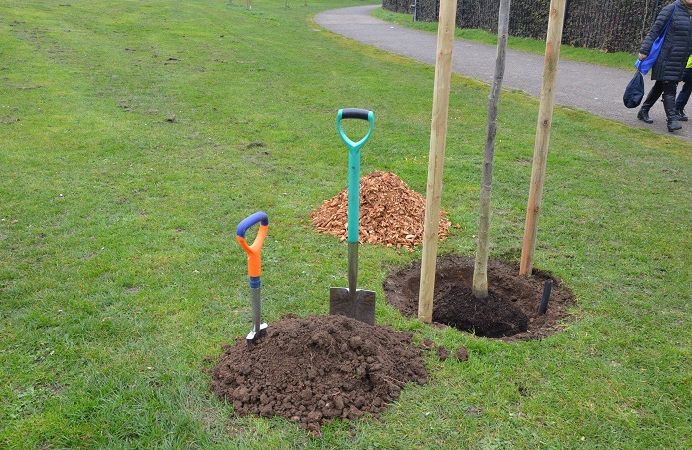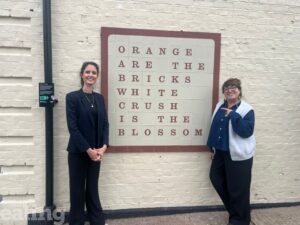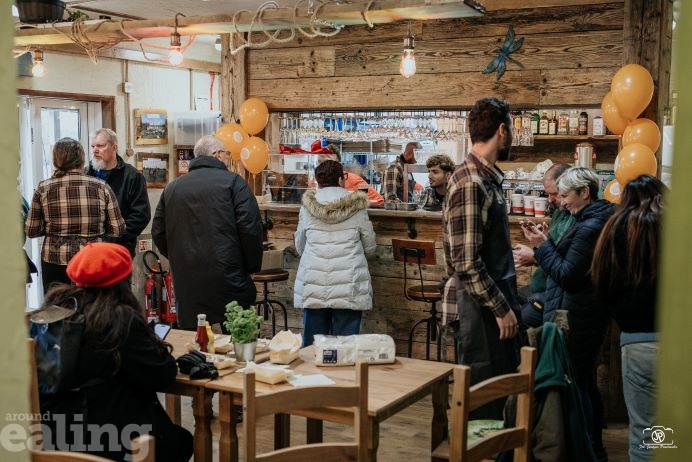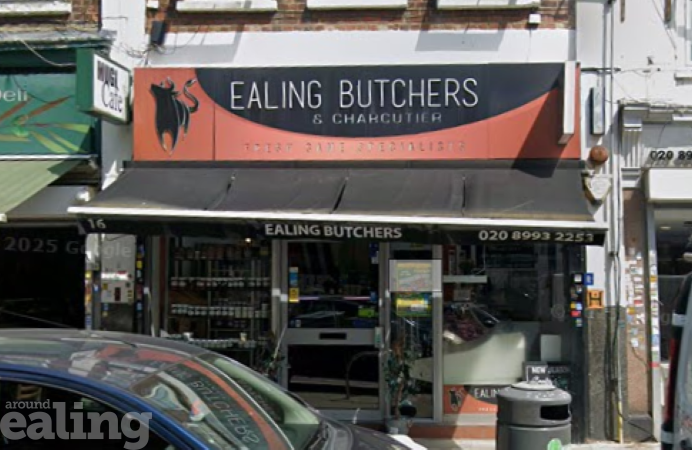As part of its ambition to plant 50,000 trees in the borough by 2026, Ealing Council is creating 2 new woodland areas, and you can join in the tree planting.
Horsenden Hill woodland area
The council, with the help of Trees for Cities, is planting up to 9,125 whips (tree saplings) at Horsenden Hill on Saturday, 2 December between 10am and 3pm.
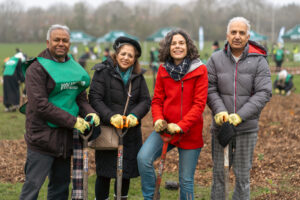
People of all ages joined the planting event, which also included music, theatre, crafts and facepainting. Tools, equipment and even a hot lunch were provided, as well as guidance on tree planting.
The new trees will also mean there is a wider range of species growing in the field, which will reduce the risk of flood to the sports field and nearby residential area.
Inspiring love for trees at an early age
Encouraging appreciation, planting and protecting of trees can start at an early age. If your school or community organisation would like free fun and educational tree planting workshops in the week leading up to the event, please contact Trees for Cities.
Marnham Field woodland area
You can also join the free community planting event at Marnham Field on Greenford Road on Saturday, 9 December between 10am and 3pm. Sign up.
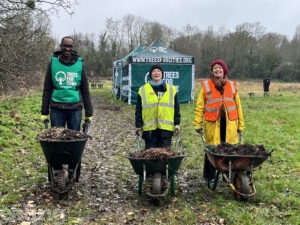
You will help in planting around 4,500 whips to create new areas of woodland near the roadside and along the existing tree line, adding to the green corridor connecting the park with Greenford Park cemetery.
The new trees will not only provide a habitat for local wildlife but also reduce the noise and pollution from the main road.
As Marnham Field is so close to the Brent River, a major drainage pathway for the area, the new woodland area will help to reduce flooding.
Councillor Deirdre Costigan, deputy leader and cabinet member for climate action said: “Trees are an important part of our work to tackle the climate crisis in our borough.
“Planting more than 13,500 trees at Horsenden Hill and Marnham Field is part of our ambitious programme of planting 50,000 more trees by 2026. The two woodland areas will lead to cleaner air and greater tree canopy cover, which we want to increase to 25% by 2026. We’re also planting thousands more street trees to provide shade and make our streets more beautiful.”
Trees for Cities and the council will be monitoring the new woodland areas for one year after planting them to make sure they are developing well. After this time, the woodlands will be left to grow and develop at their own pace.
